Exploring Innovative Patterns And Textures In Designer Tiles
Tiles have long been a staple in architectural and interior design, serving as both functional and aesthetic elements. However, in recent years, there has been a notable shift towards innovative patterns and textures in designer tiles, transforming them from mere building materials to works of art that elevate spaces to new heights of sophistication and style.
To More About It Please Click Here
Evolution of Design: From Traditional to Avant-Garde
Traditionally, tiles were predominantly associated with geometric shapes and repetitive patterns, often drawing inspiration from nature or historical motifs. While these designs continue to have their place, contemporary designers are pushing the boundaries, experimenting with bold shapes, asymmetrical arrangements, and unconventional textures.
Innovative Patterns: Breaking the Mold
One of the most notable trends in designer tiles is the departure from uniformity. Rather than adhering to rigid grids, designers are embracing irregular shapes and patterns that create visual interest and dynamism. From hexagonal tiles arranged in a honeycomb pattern to irregularly shaped tiles that mimic natural stone formations, these innovative patterns add depth and character to any space.
Textures: Adding Dimension and Tactility
Texture plays a crucial role in the tactile experience of a space, and designers are increasingly incorporating textured tiles to add another layer of sensory appeal. From embossed patterns that catch the light to three-dimensional tiles that create dramatic shadows, textures offer a sense of depth and richness that flat surfaces cannot replicate. Moreover, textured tiles can also serve practical purposes, such as providing slip resistance in wet areas or enhancing acoustics in sound-sensitive environments.
Materials: Pushing the Limits
Advancements in manufacturing technology have expanded the range of materials available for designer tiles, allowing for experimentation with unconventional substances and finishes. While ceramic and porcelain remain popular choices, designers are also exploring materials like glass, metal, concrete, and even recycled materials such as reclaimed wood or plastic. These alternative materials offer unique textures and visual effects, as well as environmental benefits through sustainable sourcing and production practices.
Applications: From Floors to Walls and Beyond
The versatility of designer tiles allows them to be used in a myriad of applications, from flooring and wall cladding to furniture and decorative accents. Large-format tiles with intricate patterns can create striking feature walls or statement floors, while smaller tiles lend themselves to intricate mosaic designs or decorative borders. Additionally, tiles can be used to add texture and visual interest to furniture pieces such as countertops, tabletops, and cabinetry, blurring the lines between architecture and interior design.
Future Directions: Embracing Creativity and Innovation
As technology continues to advance and design trends evolve, the possibilities for innovative patterns and textures in designer tiles are virtually limitless. From digitally printed tiles that replicate the look of natural materials to interactive tiles that respond to touch or sound, the future of tile design promises to be both exciting and transformative. By embracing creativity and pushing the boundaries of traditional design, designers can continue to redefine the role of tiles in shaping the built environment.
To Know More About It Please Click Here
for the conclusion
the exploration of innovative patterns and textures in designer tiles represents a dynamic fusion of artistry, craftsmanship, and technological innovation. By pushing the limits of traditional design conventions and embracing new materials and techniques, designers can create spaces that are not only visually stunning but also engaging and immersive. Whether used as a subtle accent or a bold statement, designer tiles have the power to elevate any space and inspire a new generation of creative expression.
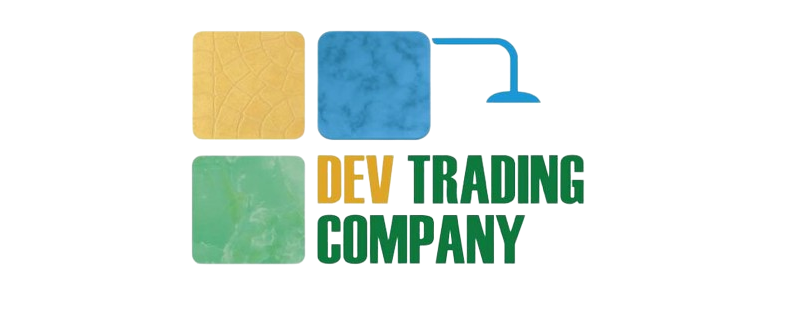
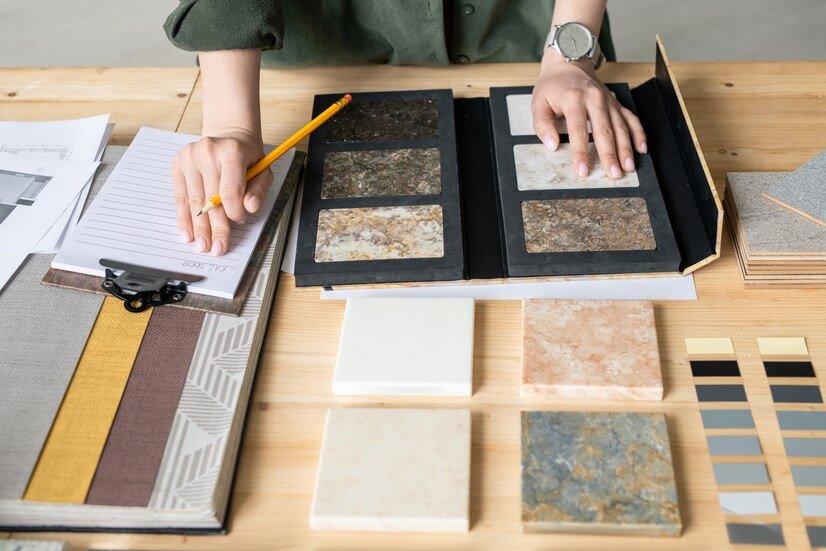
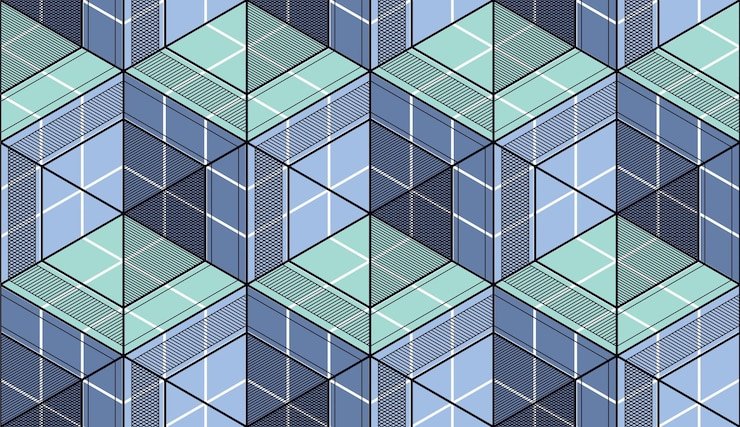
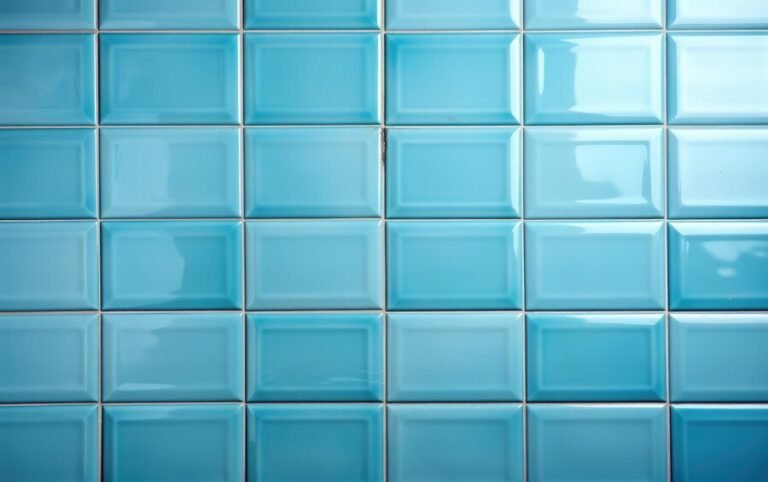
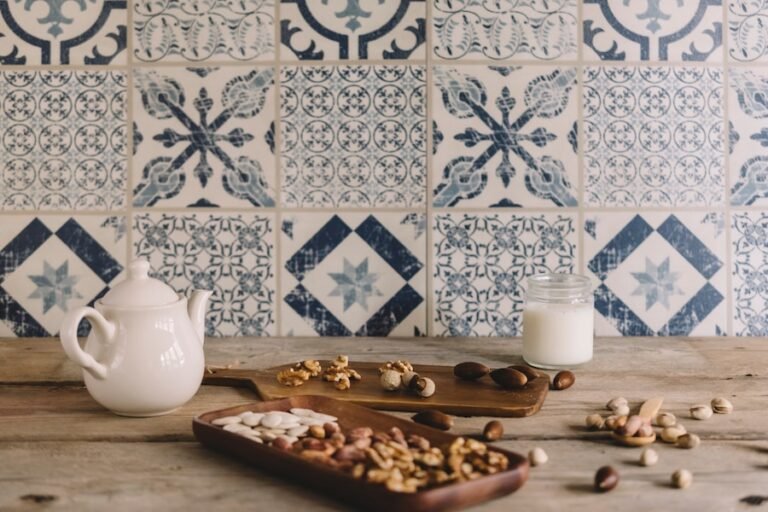
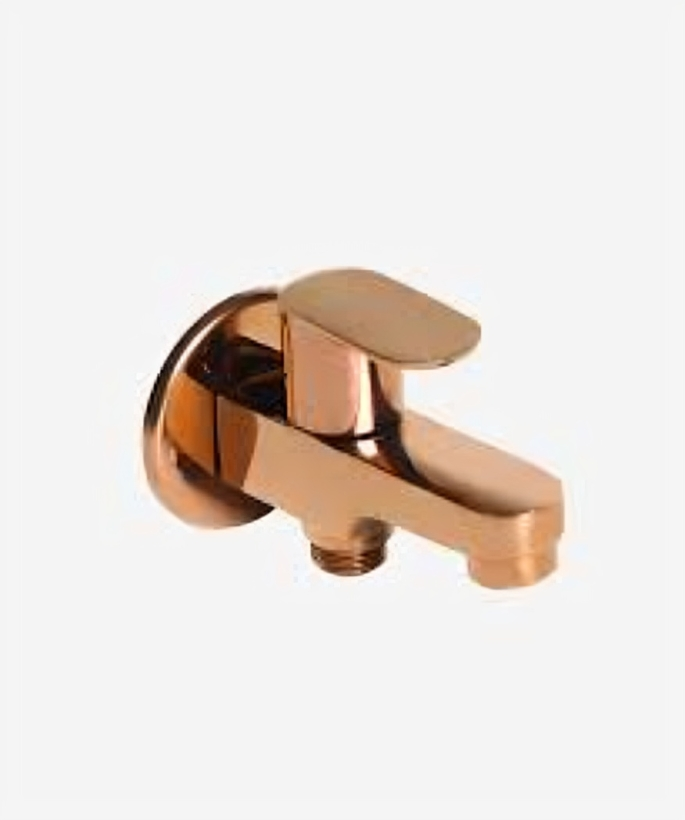
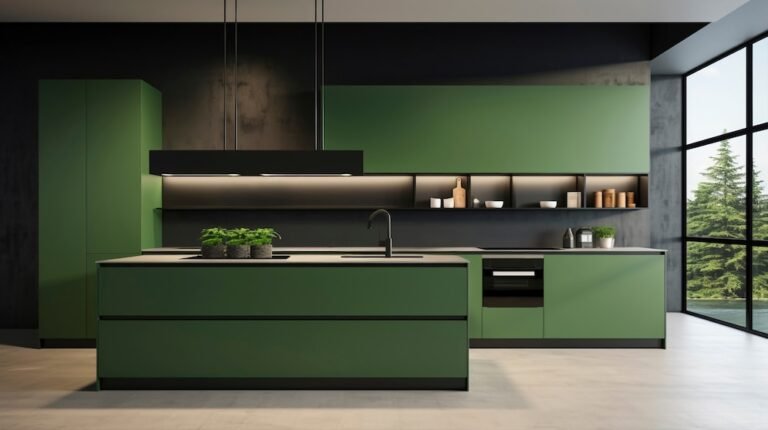


One Comment